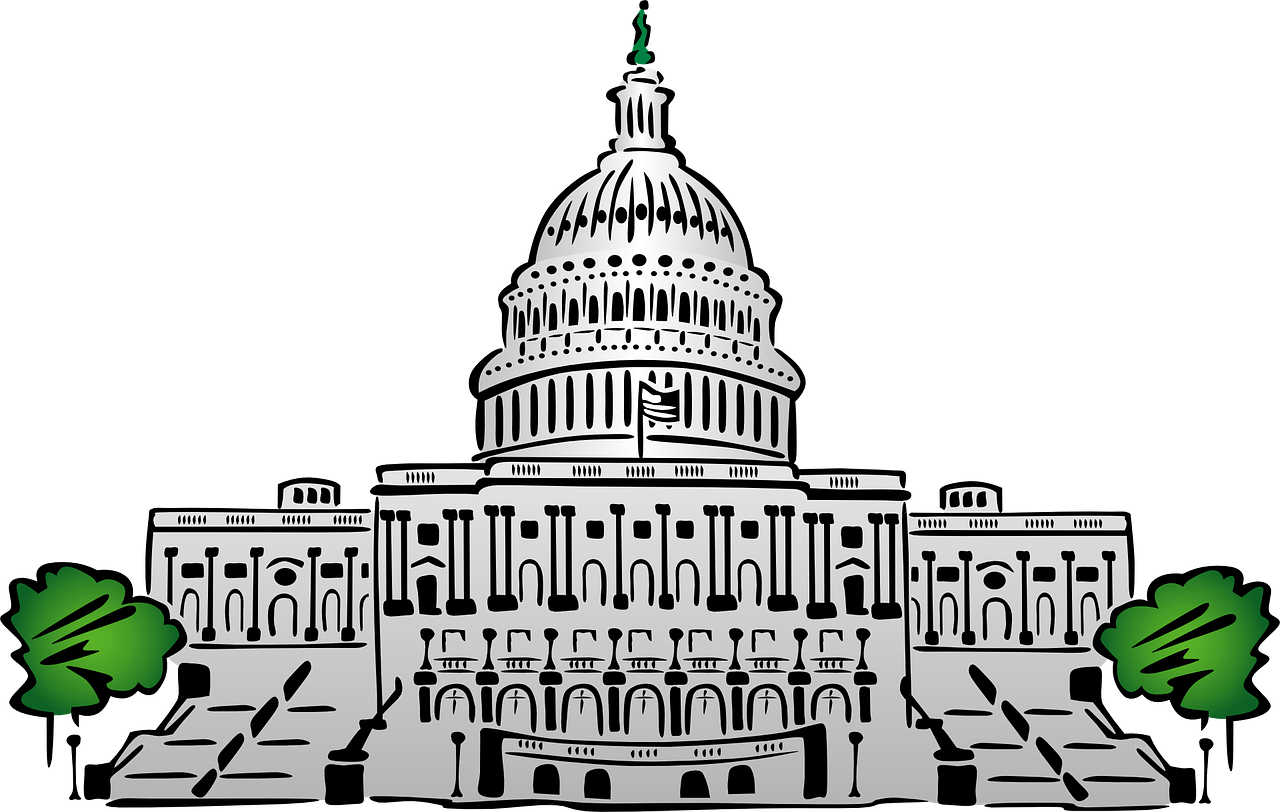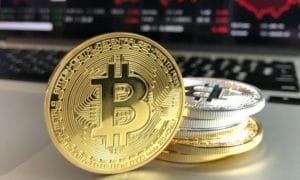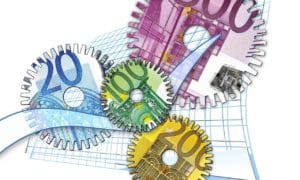Whenever the Fed rate hike happens it is often understood that it is done to contract the economy and get more money out of circulation. The next meeting of the feds is set for the end of the third week of September, and a rate hike is expected to be on the cards before the end of the year.
Top economists expect a Fed rate hike
The rate hike optimism was reinforced by a recent survey, which took into account the views of 21 top economists. This was the outcome:
- A rate hike at year-end is expected by 76 percent of the respondents
- A rate hike before year-end is expected by 14 percent of the respondents
- A rate hike in 2018 is expected by 10 percent of the respondents
Effect on the US Dollar
The strengthening of the US economy works like a two-edged sword, and feds are not unmindful of this fact. When the economy strengthens and more money is in circulation, it ultimately leads to rising inflation. Inflation knocks the bottom off the wealth of nations and investments.
As inflation needs to be moderated, it is expected that the feds will target a maximum of 1 percent rate increase so that the effect can remain marginal. Anything beyond this will be unhealthy and obstructionist. This year, interest rates have remained at 0.25% in the face of rising wages and a surging economic growth in the US.
US economy Key data:
- Forecast economic growth rate is 2.3 %
- Unemployment rate is 4.3%
- 10 year treasury interest rate is 2,19%
- Prime lending rate is 4.25%
Higher rates can also lead to the opposite effect, and cause a contraction when production is jettisoned by fund managers to pursue rent-seeking from short term rate hikes. There is a boost in savings whenever rates are hiked by the feds.
The US Equity Markets
When funds are available in greater measure to the economy, it is envisaged that investors will take steps to build up their stock holdings. In other words, a rate hike will lead to channeling of funds to federal bonds in the short term.
This has the effect of dampening the price of equities as the funds available to buyers of stocks take a dip. More companies are able to fund their production processes at a cheaper cost when rates are low or moderately affected. Up to 0.5 % increase in existing levels can be regarded as minimal and incapable of causing production disequilibrium.
The global markets and especially emerging markets face more disruptions when the fed rate hike happens. The investors see a risk-free opening to rake in better returns, and this leads them to call in their funds from abroad. This can also lead to contractions within the global economy.
The Alternative Economy
An alternative economy has been brewing around the world with the consolidation going on in the cryptocurrency front. More people across the globe are channeling their funds into ICOs opened up by Ethereum and Bitcoin operating companies.
While minimal interest rate hikes by the feds might lead to little or no impact on the growing appetite for the magic coins around the globe, major dislocations will certainly lead to more patronage. The ease that people are uncovering with the crypto trades makes them sensitive to major rate hikes.
It is not unexpected that the feds will be sensitive to the mood of investors and fund managers around the globe. This is a side to the thinking that the rate hikes will not result in more than 1% or fewer differences from the status quo.
Indian Rupee and Indian Market
The Indian economy has deepened on the basis of outsourcing services and cheaper labor over the last decade. This position has largely made corporations and multinationals to site their factories in this Asian nation. Major rate hikes by the feds will mean that the quantum of funds invested in Indian equities will reduce and capital gains on stock appreciation will be limited.
Key rates:
- Indian lending rate as at Q3 close is 9.20
- Highest Indian Housing Interest rate at Q3 close is 14.35%
- Highest savings account yield at Q3 close is 30%
- Indian Unemployment rate is 3.4%
On the economic front, rate hikes by the feds make funds costlier for local companies to access as investors pull their funds out of the country. However, the RBI will look to moderate the effect of any possible dislocation by reducing the yield on government bonds. This will free up funds for more productive uses. The INR will have the benefit of stable economic output and not get depreciated as long as production levels are maintained.
The Indian economy is sure to witness a slower growth when interest rates are allowed to soar without moderation. This is where it is expected that many Central Banks across the globe will take action on their repo rates when the feds effect a rate hike.














Pingback: Fed Hawkish Stance and impact on Dollar and Major Pairs